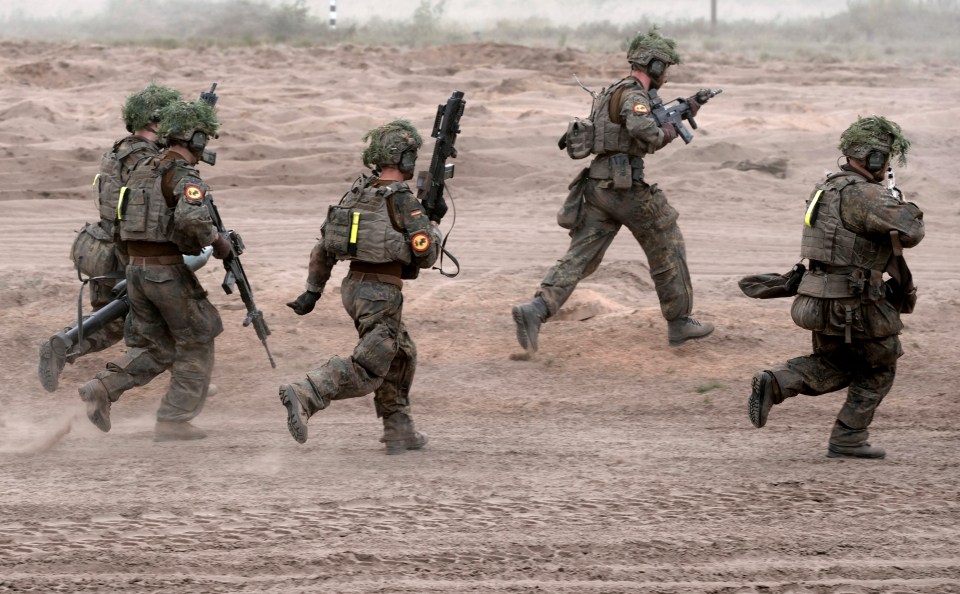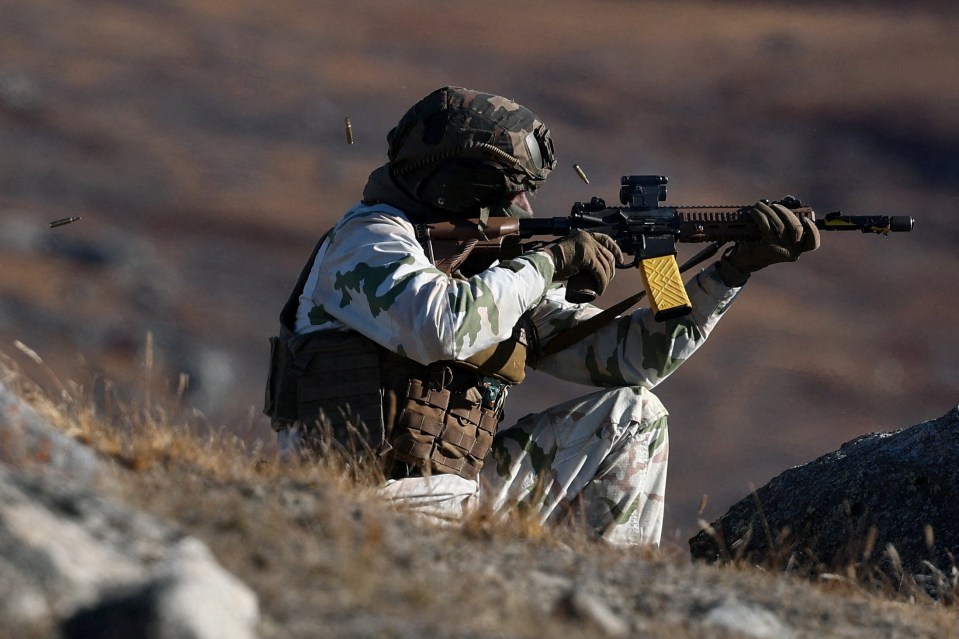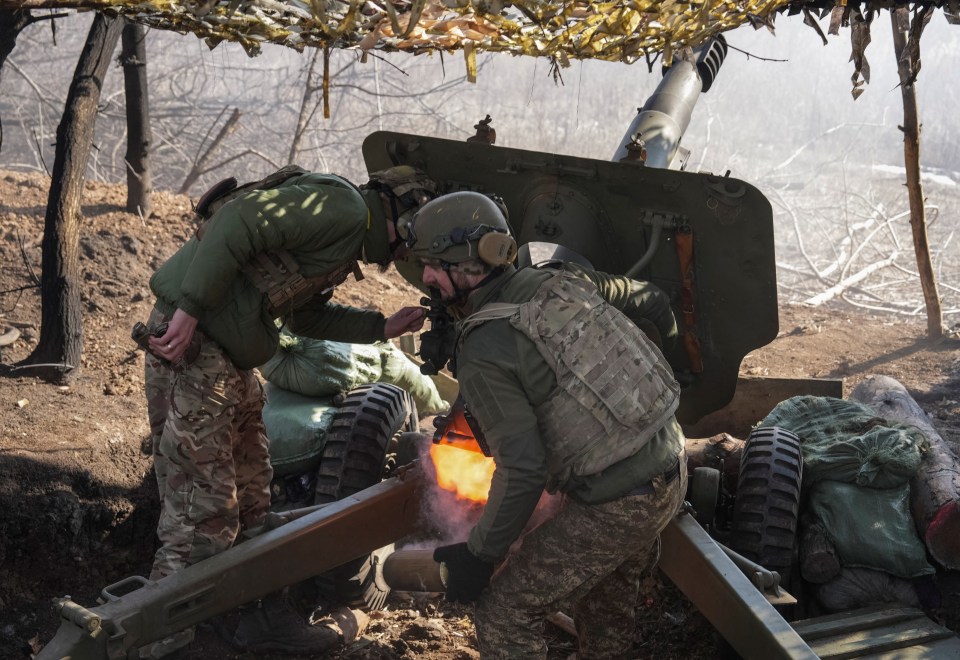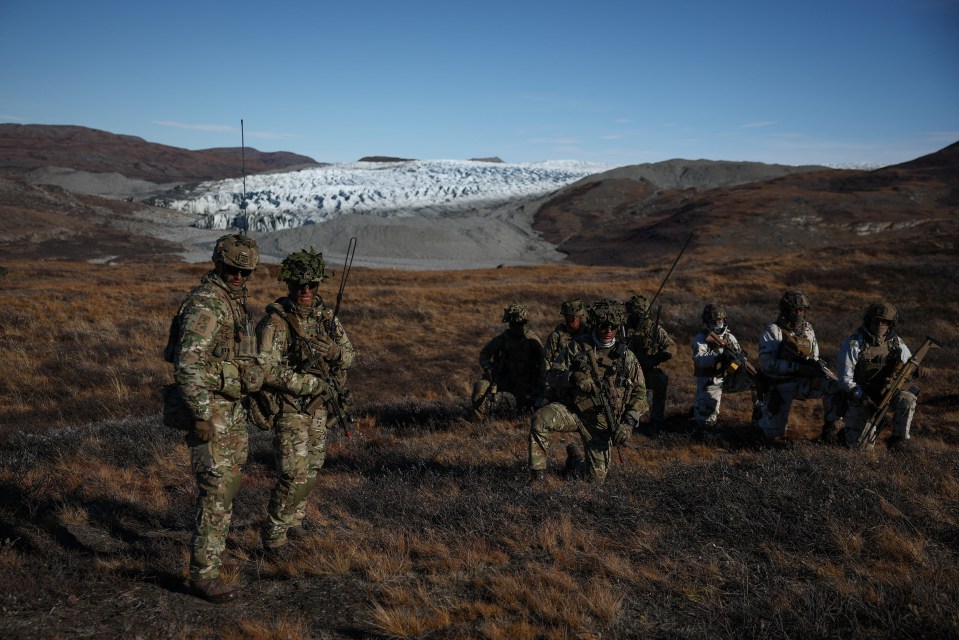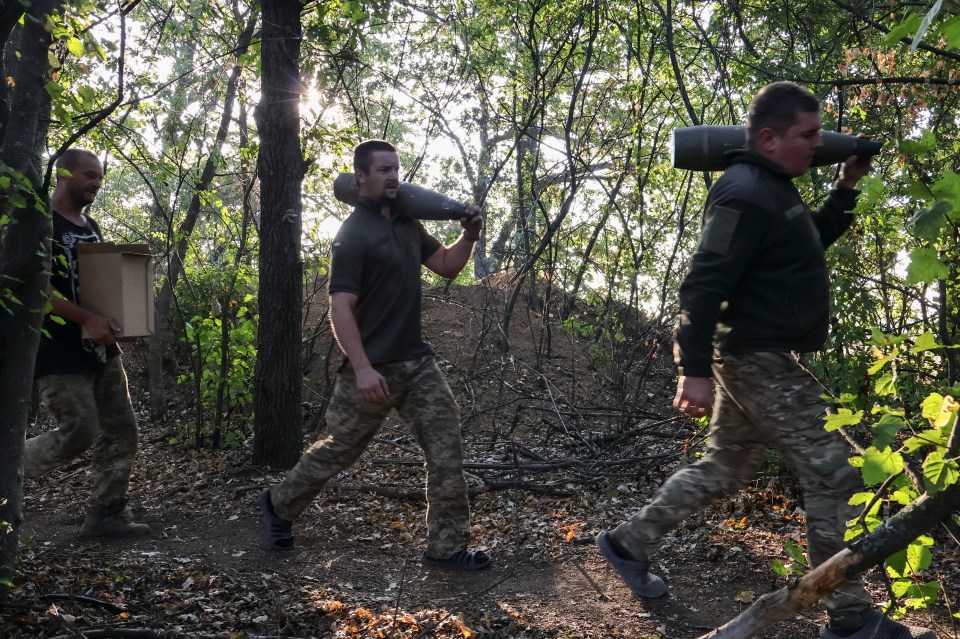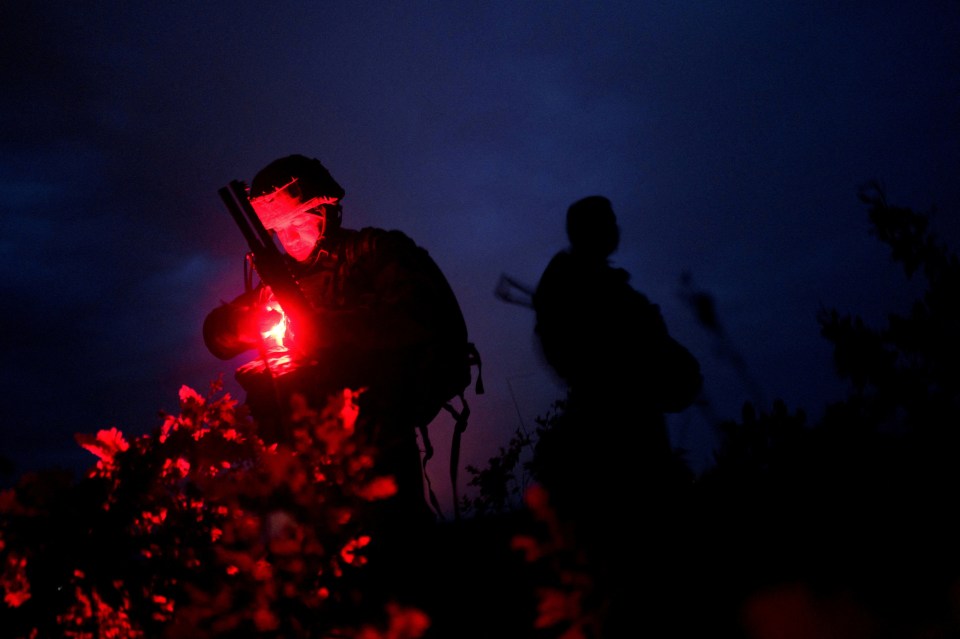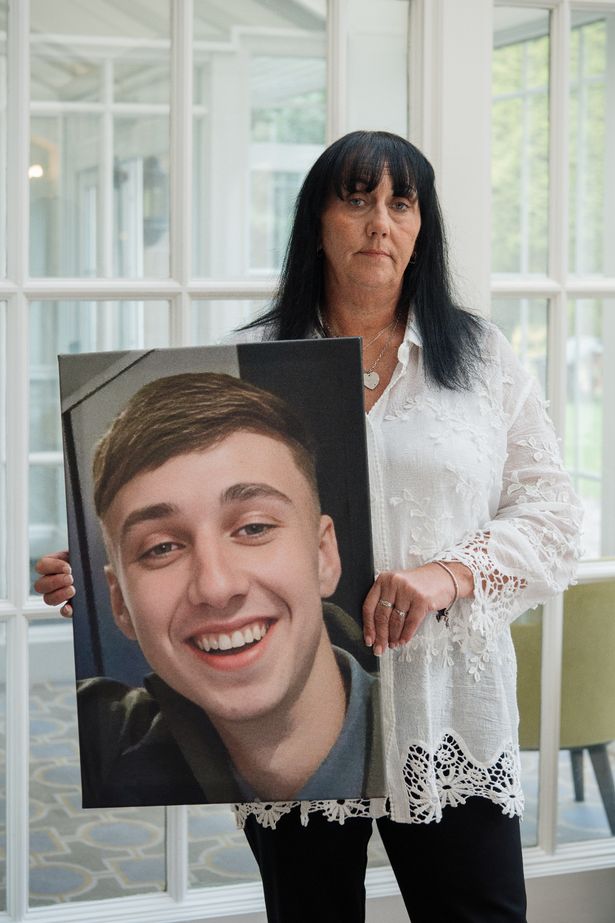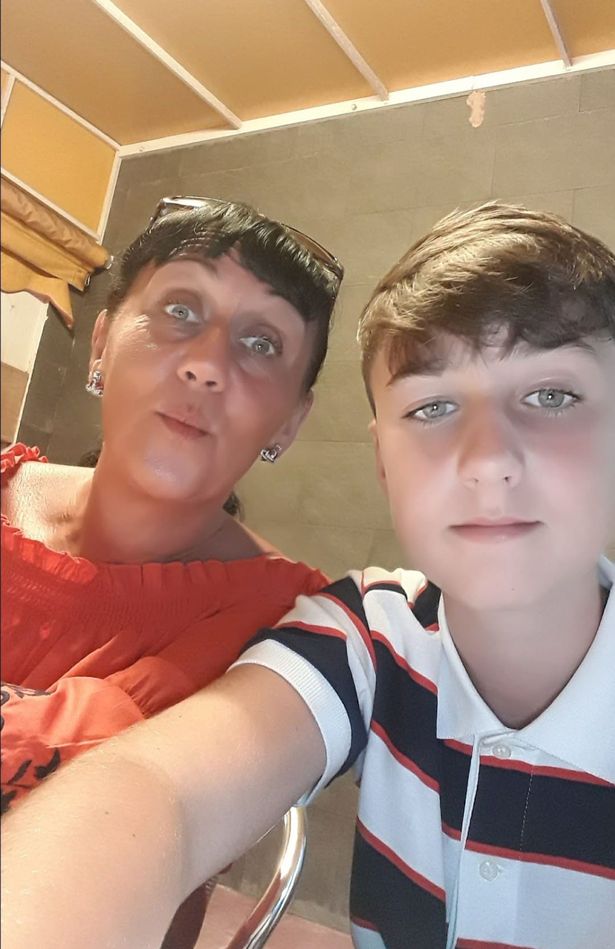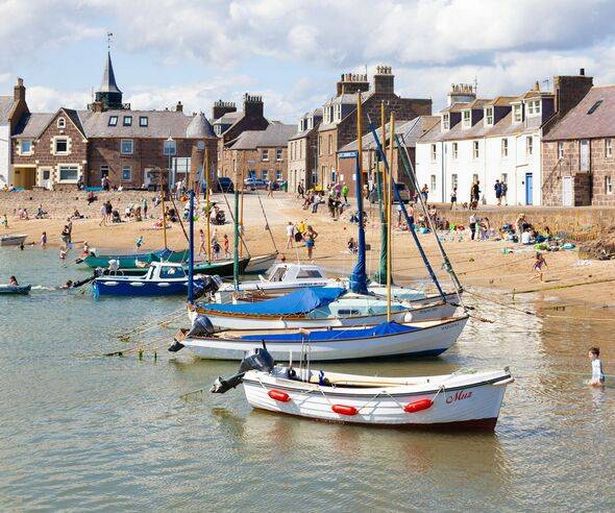Jay Slater’s disappearance sparked a social media storm as the 19-year-old tragically died while on holiday in Tenerife after sending a haunting message to his friend
Jay Slater sent a haunting final message to his friend, which was only delivered following his tragic death. The 19-year-old went missing while on holiday in Tenerife last year after attending a music festival with his pals.
A vast search was carried out in an effort to find Jay after he was reported missing on June 17, 2024. Sadly, Jay’s body was found in a remote area near the village of Masca on 15 July.
The search for Jay revealed he had vanished after being driven about 22 miles into the mountains to an Airbnb with two men he had met on the holiday. He fell around 80ft to his death in a treacherous ravine while trying to walk back to his accommodation in Los Cristianos.
READ MORE: Jay Slater pal Lucy Law’s ‘urgent 999 call’ to cops reveals ‘he’s going to die up there’READ MORE: Last Jay Slater CCTV before he went missing finally released raising more questions
Within hours of Jay’s disappearance, mass online interest set conspiracy theories flying, causing a social media storm led by true-crime keyboard detectives. The case became the focus of global attention, with over 30 million videos online speculating about Jay’s whereabouts.
Now, a new documentary is set to detail his family’s hunt for answers and is the first time they have spoken publicly about the tragic case. During one moment, Jay’s mum Debbie Duncan recalled finding an unsent message when she logged onto her son’s Snapchat account.
After finally receiving Jay’s phone, Debbie found a devastating unsent message to his friend. She said: “When we signed into Jay’s Snapchat there was an unsent message from Jay to Brad [Geohegan].
“So the message was obviously just flying around and then the message sent to Brad, which obviously gave Brad a fright. He messaged me straight away ‘are you on Jay’s phone?’. I said yeah we’ve just signed into his Snapchat.
“He said ‘I’ve just got a message that’s just come through from Jay’. The last message he sent. He said ‘listen, I’m not going to make it’. It’s kind of like he knew he just wasn’t going to make it.”
Jay’s phone is believed to have ran out of charge when his call to friend Lucy Law ended at 8:50am. The documentary plays the desperate ‘999 call’ she made to Spanish police where she tells them: “Jay said he is going to die up there”.
Lucy had known Jay for about six years and was the last person to speak to him on the phone. On the call to Spanish police, Lucy tells them: “My friend he’s met some people, and they’ve drove him up into the mountains. I don’t know why and he’s left the house,
“And I don’t know if something happened, and I was telling him, you need to go back to your friends and tell them to drive you back down.
“And he said ‘No, I can’t. I can’t’. But I don’t know why that was.” The police then asked for the friend’s name and Lucy tells them it is Jay Slater.
The police ask if her friend has asked to be rescued and she added: “Yes, said he feels like he’s going to die up there. And then the phone cut off.” The audio from the call with the police has never been heard before and sheds new light on the events of June 17.
Channel 4 ’s new film The Disappearance of Jay Slater will air next weekend. The Disappearance of Jay Slater also has never-before-seen CCTV footage, previously unheard audio, the discovery of unsent messages, and access to the Slater family as they search for answers about what happened to Jay.
* The Disappearance of Jay Slater airs on Channel 4 on Sunday September 28 at 9pm.
Like this story? For more of the latest showbiz news and gossip, follow Mirror Celebs on TikTok, Snapchat, Instagram, Twitter, Facebook, YouTube and Threads.
